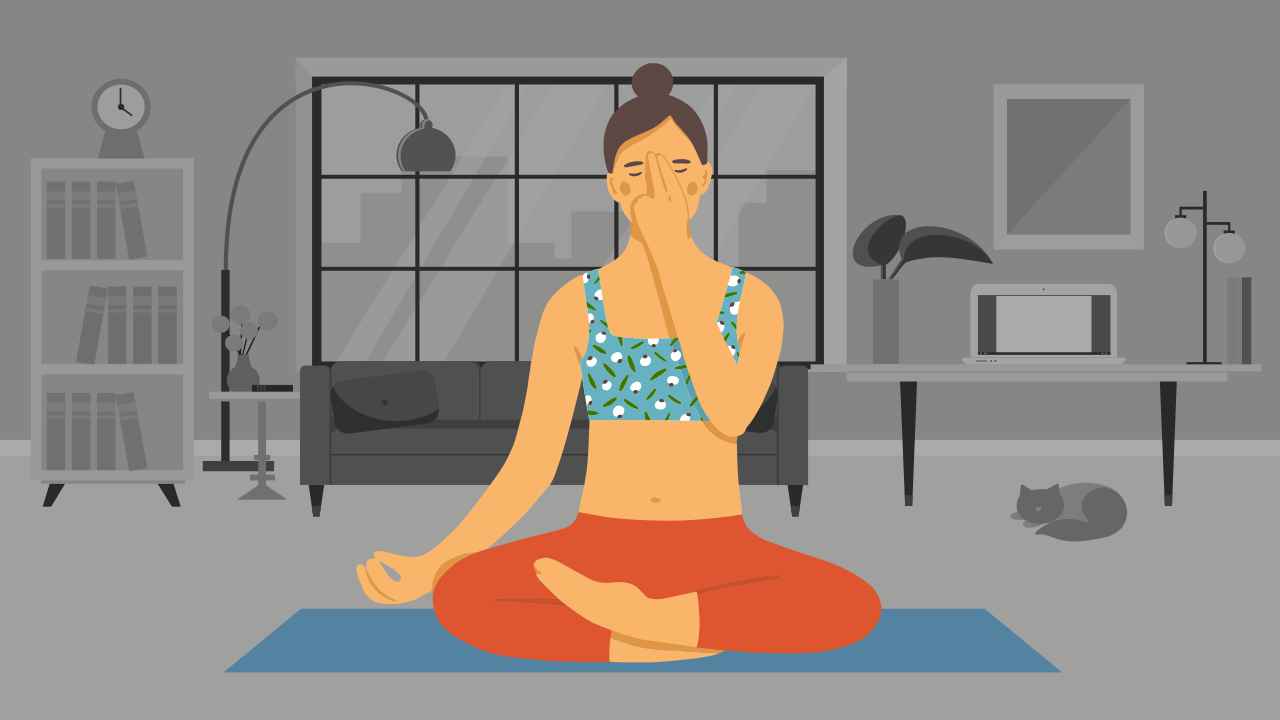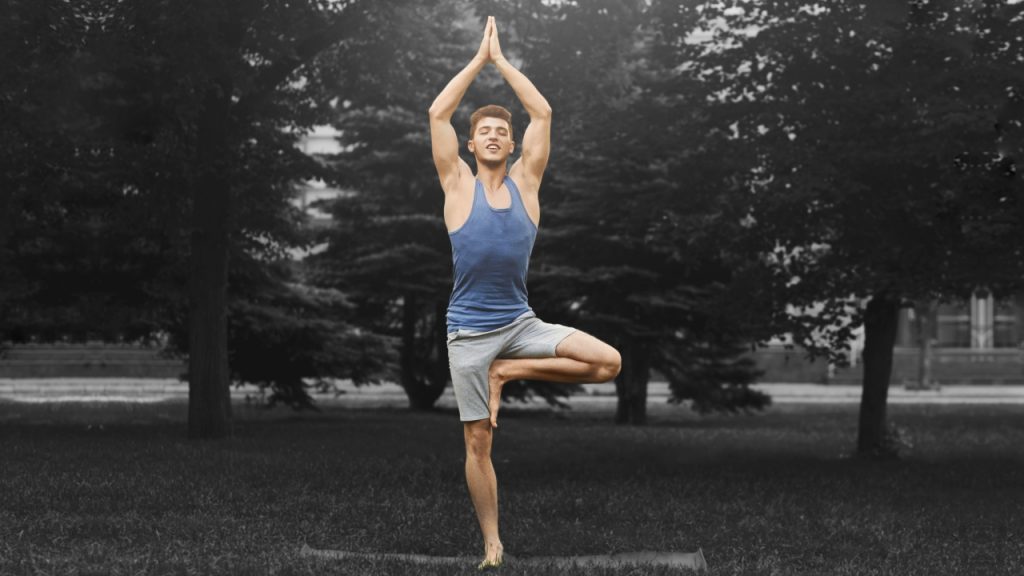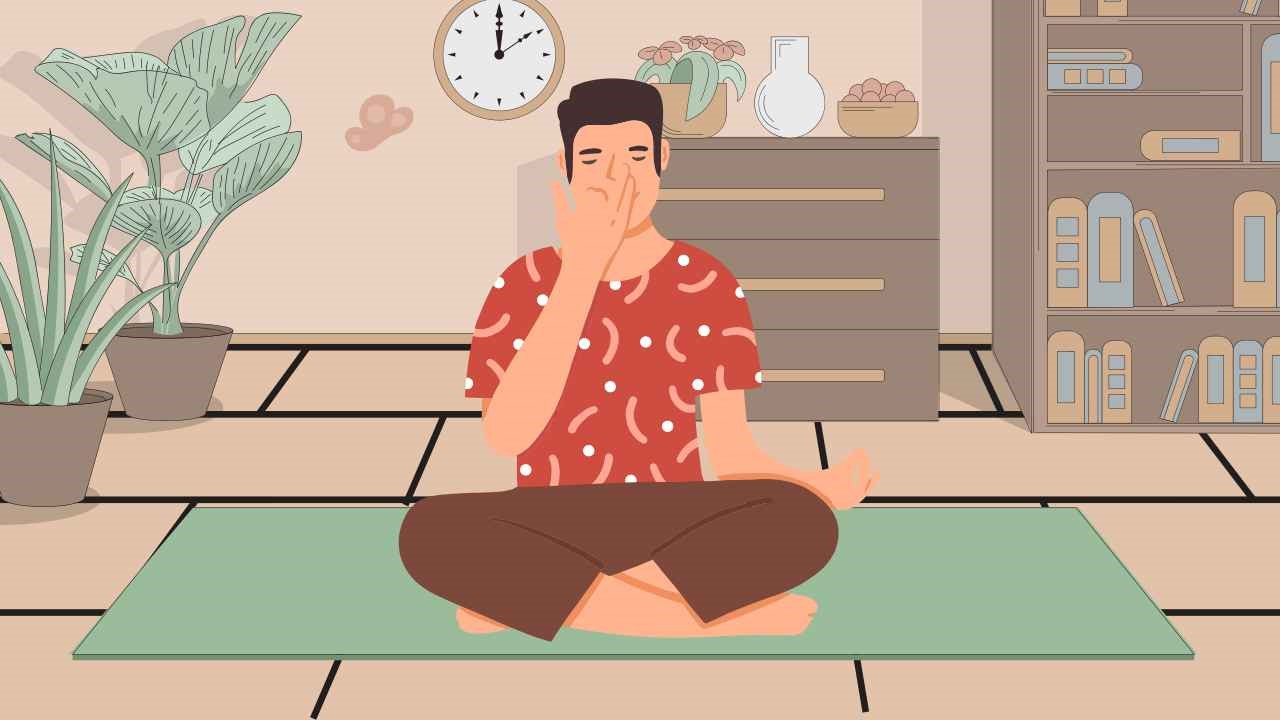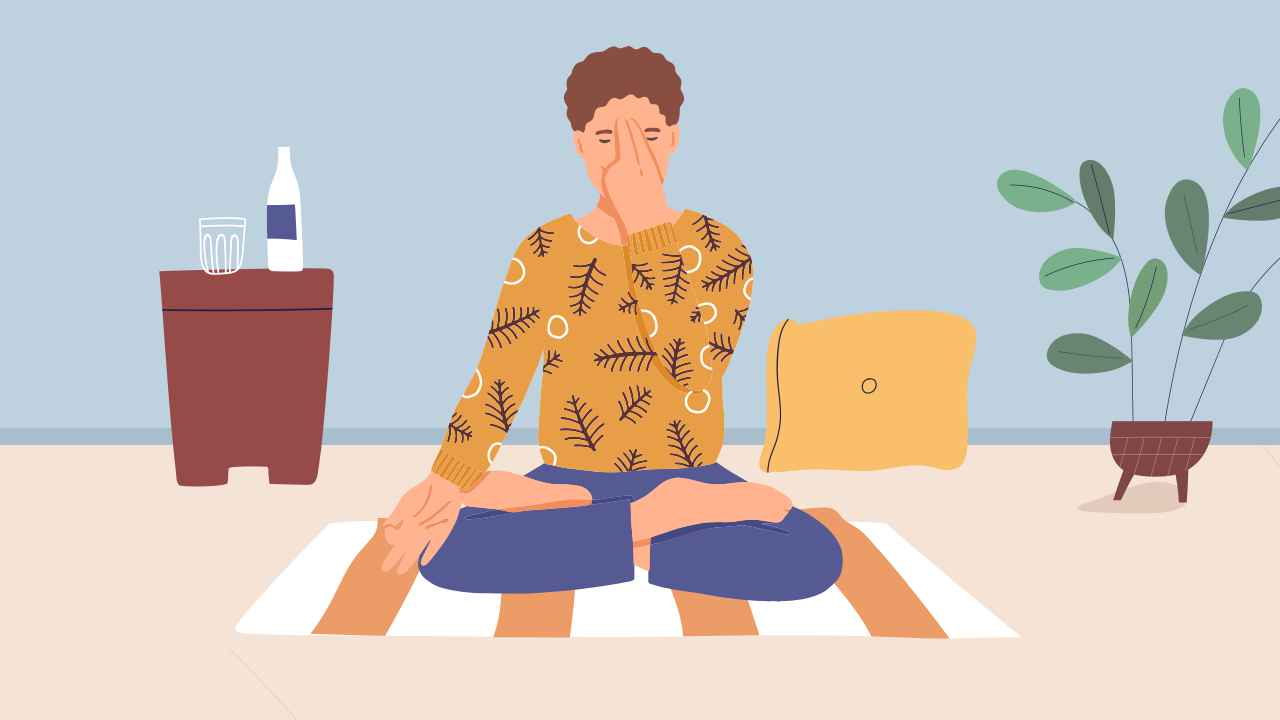
Yoga Asanas: A Guide to Getting Started

The word “yoga” means union. Yoga is essentially about the union of the body with the breath to bring about a stillness of the mind. The poses or asanas bend, lift, twist, and fold your body as you coordinate it with your breathing.
Beginning something new is always intimidating, and without proper knowledge, can seem overwhelming. When it comes to yoga exercises for beginners, there are endless things to learn ⸺right from physical asanas and breathing techniques, to spiritual practices with vast philosophical foundations. You may choose to weave all yoga exercises for beginners together or take out a slice and include it in your life.
The following steps are going to guide you to design your own yoga practice. But before that, you need to know the nature of asana practice. Let’s delve into some basic questions.
What are asanas and how to perform them?

1. An asana brings about steadiness of the mind and the body, and enables you to achieve a deeper understanding of it. It is a complete system that involves your body, mind and breath.
2. Asanas are slow, steady, rhythmic, and deliberate movements performed with utmost awareness and concentration. Yoga practices, especially asanas, are bodyweight exercises that offer both flexibility and strengthening of muscles. You may find yourself feeling more energetic towards the end of your yoga practice than at the start as it promotes energy production and rejuvenation.
3. Postural awareness is an important part of yoga practice. There is much more emphasis on how to get into a pose, as well as coming out of it. This requires complete awareness and mental engagement while moving your body.
4. Most asanas can be practiced in the following manner:
Dynamic
When the whole body is in a state of flow. Various movements using different body parts are performed consecutively with control and skill.
Static
When you hold a pose for a period of time. This requires a great level of strength and dexterity. Traditional yoga practitioners often align themselves with the static manner of going about an asana.
Both are equally important for practice as one develops flexibility and the other, strength.
5. Lastly, the effort you put into your practice to create awareness and concentration will yield results in the long run. Performing asanas is a regular process, a gradual progression, which has no room for hurry.
Who can do yoga?

Yoga as a lifestyle is open for all, and asanas are a part of it. So, people from different age groups and those with medical problems can do the basic yoga exercises for beginners. That said, when you practice asanas you have to consider 4 things — age, specific health conditions, level of activity you engage in, as well as your own limitations.
1. Children can begin yoga practice from the age of 6 or 7. This will lead to improved concentration, balance, and an increase in memory. The practice of pranayamas can begin when a child reaches adolescence.
2. Asanas have traditionally been claimed to be beneficial for women as they have therapeutic effects on conditions like pregnancy (pre- and postnatal), menstruation and its related issues, as well as polycystic ovary syndrome (PCOS).
3. The elderly can and must practice yoga breathing exercises on a regular basis. It will help maintain their physical and mental well-being. Warm-up practices like Sukshma Vyayam, Pranayama and Meditation techniques are advisable instead of any strenuous asanas, keeping in mind the ability of their bodies.
4. People with specific health conditions also turn to yoga. It is important to know that yoga is a preventive science and not a curative one. The best yoga exercises for beginners may aid in treating an illness, but they aren’t an alternative to medical science. Hence, it is necessary that you consult your doctor and perform asanas under the guidance of a trained instructor.













